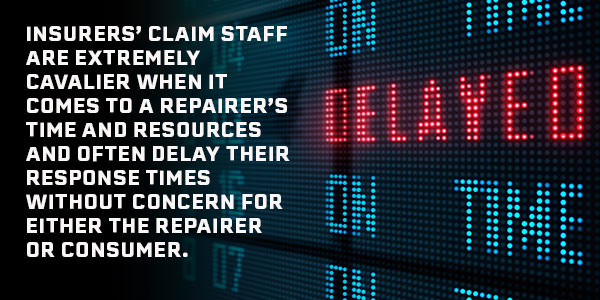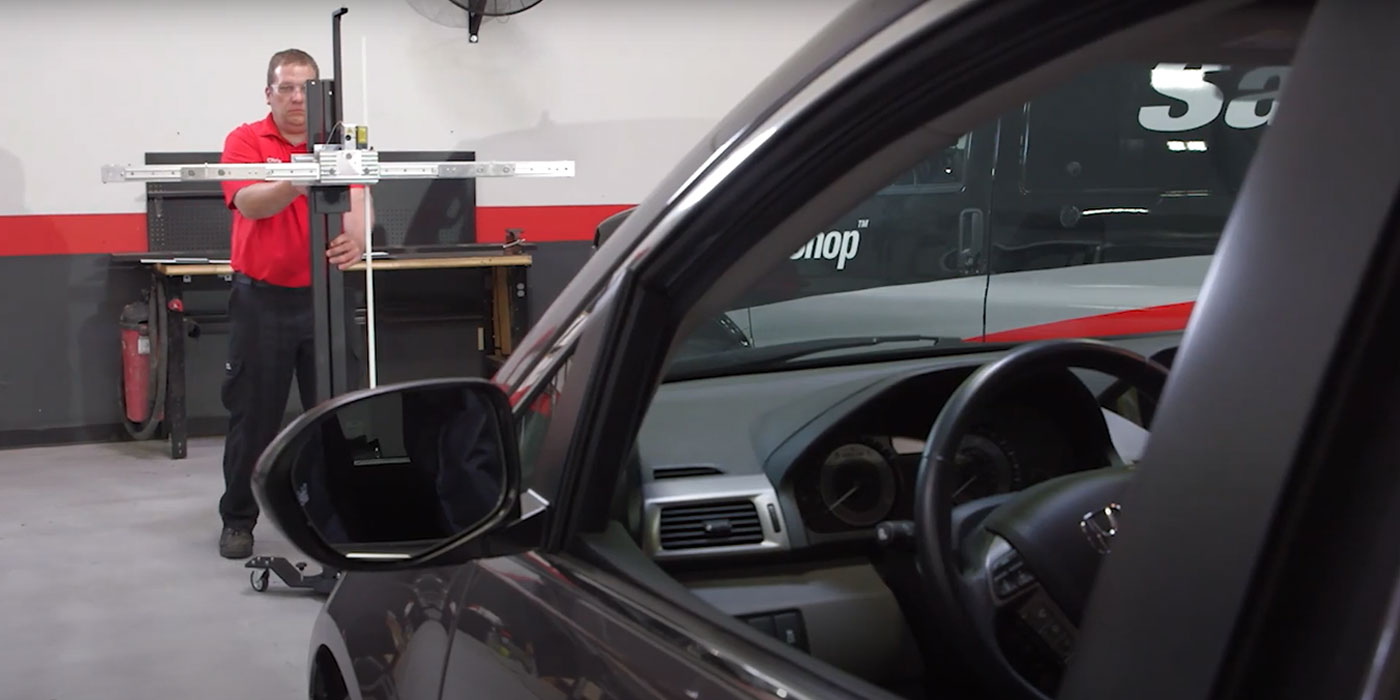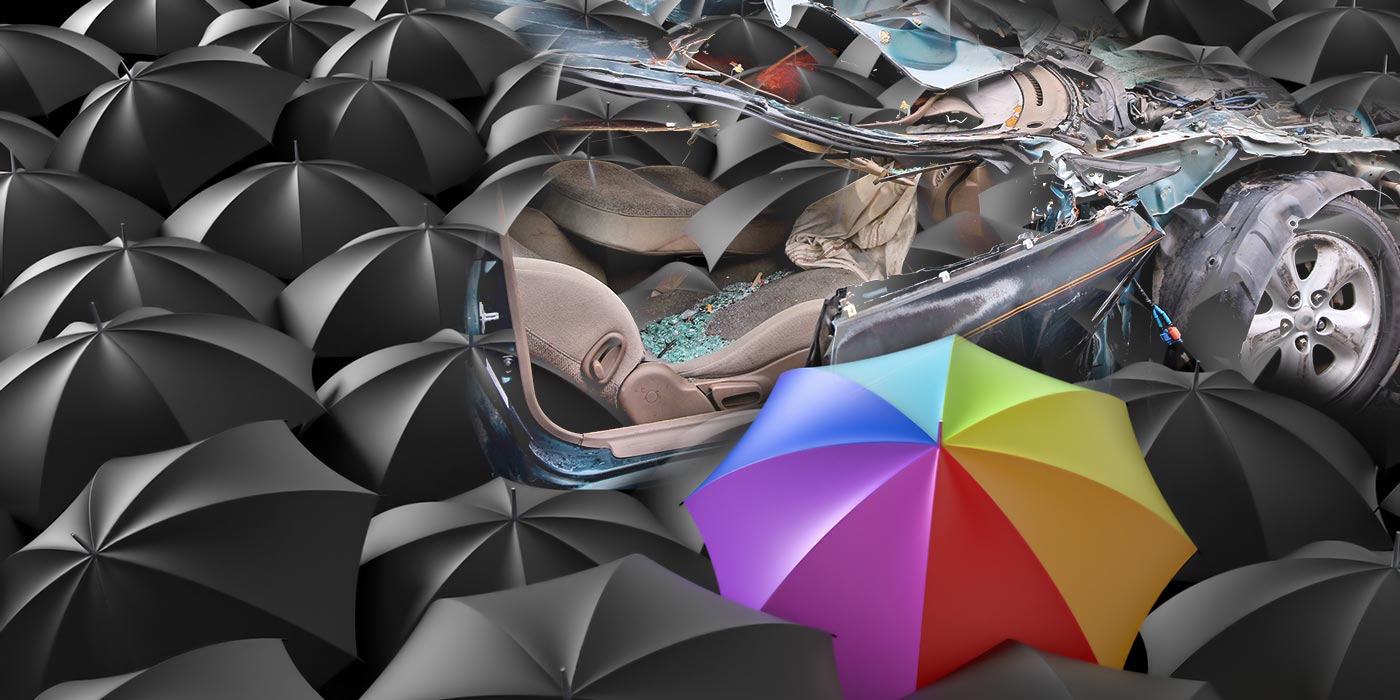We’ve all eaten at a small town café and experienced the warm service from the hard-working staff serving you. You walk in and someone says, “Help yourself to a table and someone will be right with you.” You find a booth or table or go to the counter and sit down.
The server comes to your table, sets down a glass of water and asks, “How can I serve you today?” You give her your order for coffee, two eggs, bacon and hash browns with wheat toast, and she then says, “Great! How would you like your eggs prepared?” Not being sure, you ask her to give you some time so you can decide. She comes by to refill your coffee and asks if you’re ready, and you say, “I need more time.” This goes on a couple times. Then after some time, the owner (who’s also the cook) comes to your table in his apron and asks, “How would you like me to prepare your eggs?” You say you’re not sure how you want them, and he explains the several choices you have and awaits your response. After some time, the cook, looking a bit anxious, says, “This is not Starbucks; I have others waiting for this table, and so I’ll need to either know how I can prepare your order, charge you booth rent or ask you to take your business elsewhere!”
I know this is a strange scenario, but quality-oriented collision repairers run into this same situation regularly across the country when, after an insurer has limited its claim payment, they ask their customers how they wish to have their vehicle repaired. Repairers are often placed in the position of asking their customers:
- “How would you like your vehicle repaired?”
- “Do you have a preference of new, salvaged, reconditioned or aftermarket parts?”
- “Would you rather have us perform the tinting operation to enable us to provide a guaranteed blendable color match or take the chance on matching the color without this recommended process?”
- “Would you prefer to road-test your vehicle yourself when your repairs are completed, or would you like us to provide this important service?”
Let’s look at another scenario where a patient is in the hospital awaiting treatment and the doctor is awaiting approval from the health insurer to green-light a recommended procedure. The insurer has elected not to provide for a more costly procedure in its efforts to mitigate the costs, although the doctor has explained why it would be in the patient’s best interest to do what he or she has recommended. The hospital administrator asks the doctor to decide quickly how to proceed, as there are others in need of the room/bed and the hospital’s services. In the interim, the hospital, of course, without skipping a beat, charges the patient the daily rates for the room/bed and all meals and services provided.
So how should the average independent collision repair center handle a situation in which it is waiting for its customer to decide how it is to provide its services? The vehicle is in the shop dismantled, possibly occupying the frame rack or lift, when this space and equipment could be utilized for another repair and generate income to the shop and enable timely service to other customers. Expediting the repair would increase the repairer’s efficiency, production and profitability, which would allow it to provide more repairs to more vehicles, pleasing more customers — all while awaiting a customer’s decision on how he or she wishes to have the vehicle repaired.
Lost Time and Income
Over the years, it has become apparent that insurers’ claim staff are extremely cavalier when it comes to a repairer’s time and resources and often delay their response times without concern for either the repairer or consumer. This often happens when the insurer has a dispute with the repairer’s assessment of recommended repair methodologies and estimated cost of repair.
Repairers need to reconsider the lost time and income and administrative efforts expended in time delays that are not their fault — rather than foregoing procedures and incurring potential liabilities or “eating” (absorbing) the cost to avoid delays and/or sidestep their customers’ wrath by helping them avoid out-of-pocket costs. This is an emotion the insurers are very much aware of and use against shops daily by simply stating to the shop, “We don’t pay for that — you’ll have to bill your customer if you expect to be paid.” How many times have we heard that?
Written Notice
So what should repairers to do when customers sit on their hands and fail to provide direction on how to proceed with the repairs? They should provide written notice to their customers that they need a timely decision on how to proceed with the repair or they’ll have to remove their vehicles from production so as to not interfere with other customers’ repairs. In addition, they’ll be assessing a daily fee (storage, safe containment, repair interruption fee, etc.) which will continue until a decision is made and repairs are able to proceed.
If the vehicle is tying up a frame rack, lift or stall and cannot be relocated outside, a fee based on the dollar amount that the space or equipment could generate may be applicable to establishing a daily fee for work stall or equipment tie-up. If the vehicle is able to be moved outside, a daily interruption fee may be assessed for the potential liabilities and space utilized.
This process would not be designed to be an additional profit center; instead, it should be considered as “tough love” to encourage your customers to remedy the situation and expedite repairs so the repairer can move forward with restoring their vehicles and get the customers back to their day-to-day lives.
This may sound harsh to some, but it’s important to remember that your business is just that: a business, not a hobby. Your company and staff are counting on you as the owner or manager to make the best decisions to enable the company to be consistently profitable while providing the highest level of service and quality to all of its customers.
Accountability
There is another important issue that should not be overlooked: the customer holding the insurer accountable for the interruptions and the resulting added costs.
If the repairer prepares a comprehensive damage/repair assessment based on OEM-recommended processes, parts and materials, it should provide its customers with a full overview of its findings and the recommended methodologies to achieve a thorough repair and take the time to go over and explain each process to them. This should equip and encourage the customer to affect a suitable settlement with the insurer, and if unable to do so, understand why an out-of-pocket expense may be in his or her best interest — after which that person can seek recovery of the costs from the insurer or at-fault party after the repair has been performed. This will encourage the insurer to avoid delays in the future to help alleviate avoidable costs.
Summary
The current climate in the collision repair industry is harsh, and insurers are aggressively trying to reduce their claims costs by whatever means they can. As a result, repairers are seeing less and less profit and incurring greater liabilities for insufficient repairs.
Basic business acumen states that to remain viable, a business must lower its costs (where it can without negatively affecting its quality of goods and/or services) while increasing its profits through enhanced sales, efficiencies and productivity.
A successful business isn’t accomplished by simply doing one thing 100% better; a sound and successful business is achieved by consistently doing 100 things 1% better.
Independent collision repairers need to begin fully involving their customers in their repair and not be afraid to ask: “How would you like your eggs?”















